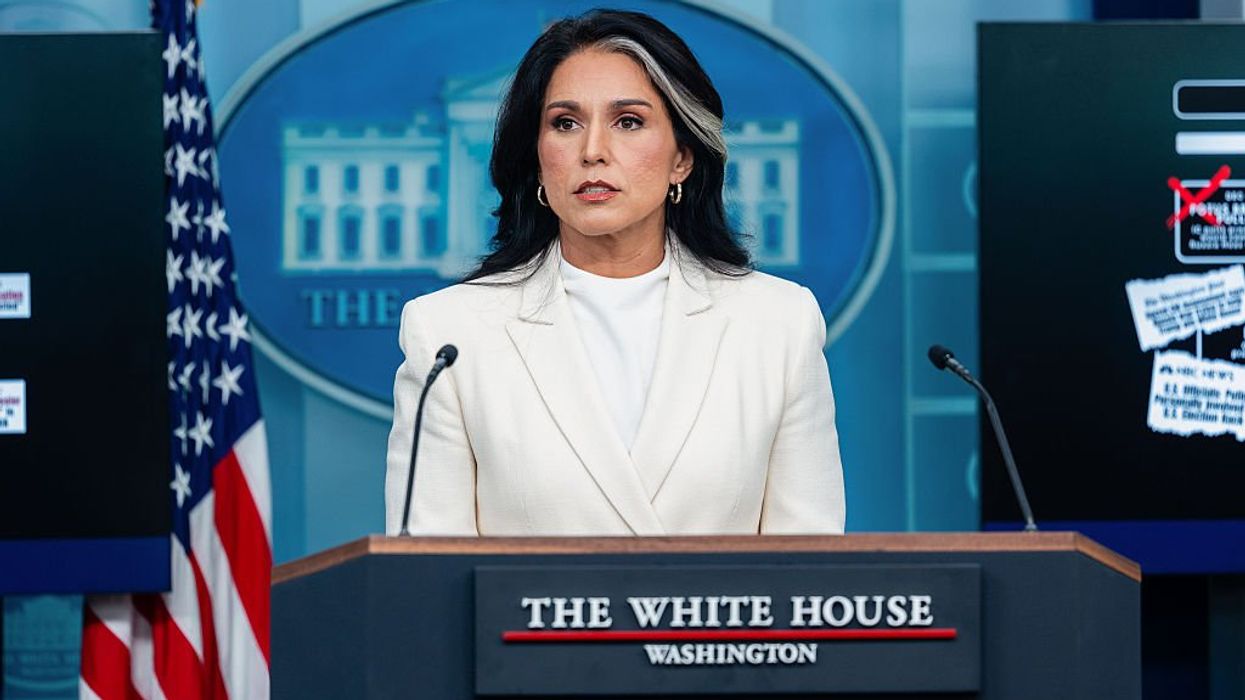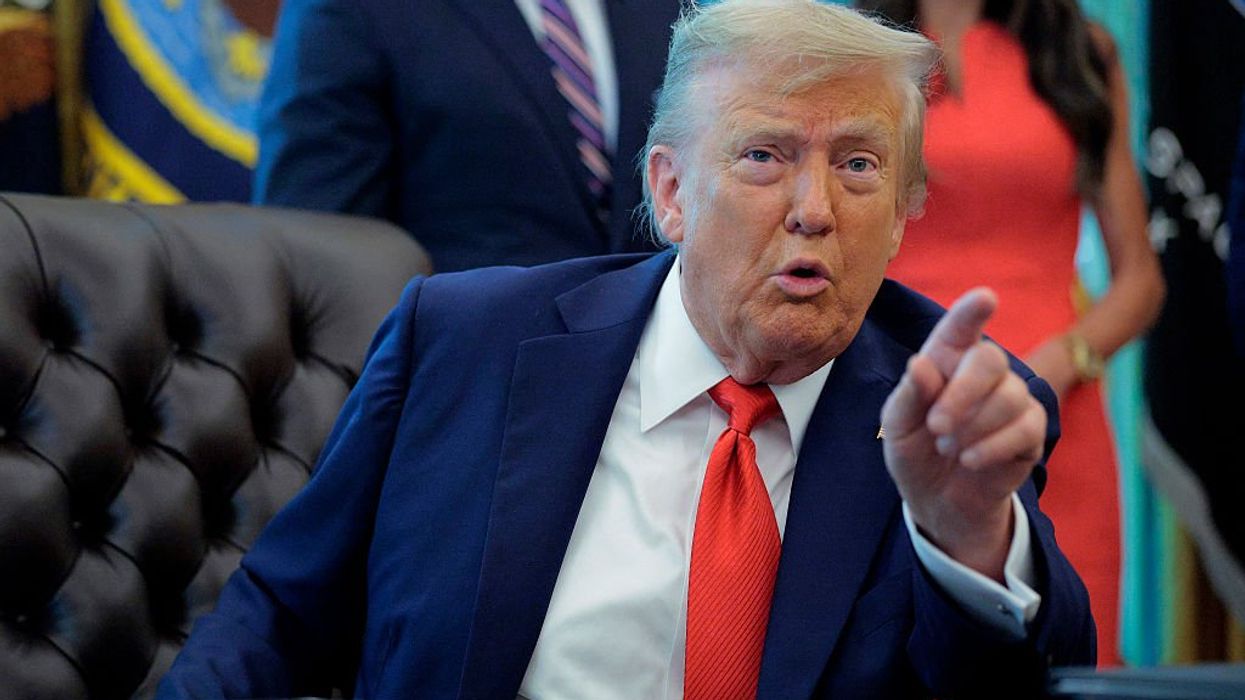The mayor of Provo City, Utah recently penned an open letter calling for civility among his citizens in their daily discourse. Glenn read the mayor's letter during his radio program on Wednesday:
Sticks and stones may break my bones but names will never hurt me. Did your mother teach you this also? Did you grow up believing in this motto like it was an all-powerful shield against bullies and trolls? All my life I walked around with at least some sense of confidence that words couldn’t hurt me.
I’m rubber, you’re glue
Whatever you say
bounces off me
and sticks to you.
For the seven years I’ve been mayor I have certainly had my fair share of complaints. I’ve read some heated emails. I’ve been called a plethora of names (believe me, I understand that comes with the job) but for most of the time I have been blessed to be the recipient of kindness and goodwill. Even in the face of strong disagreement we have come together with civility to work out our differences.
But recently I have noticed that the tide seems to be turning in public dialogue. Like a sewer leak deep beneath the surface, I feel a coarseness invading so many aspects of our lives. Even in our safe haven of Provo – a place known around the world for its kindness and concern of others.
For example, recently I received an email message from a citizen that ended with this line: “please … let [this] be the issue that sinks the mayor and his … awful arrogant deputy. Oh please oh please let them both be stripped of their clothing and carried out of the building …”
Similar to this email, in the last month I’ve heard accusations and disparaging comments of a very different nature than previous public dialogue. Engagement on all platforms—from social media to civic meetings are more sarcastic, biting, impatient, rude, aggressive and often all too personal. In the years of being mayor, I can strongly say this surge of negativity is not normal for our community.
So what’s going on?
I believe a majority of this comes from top down. Much of it has to do with the trickle-down effect of the conversation happening on the national stage. As we listen to those who have platforms as presidential candidates, we hear them use words that tend to be more cutting, more personal, more filled with spite.
The disparaging remarks in our own community are echoes of what we hear every single time we turn on the news, read the paper, or scroll through our Twitter timelines. It’s almost always there when we engage in a presidential discussion. Name-calling, bigotry, hate, attacks. The leaders on our national stage insist on using more and more syllables to pollute the air with words that incite, provoke and demean.
Not only do we need to worry about Supreme Court nominations, the economy and war, we now need to worry about the impact of negativity. From what I’m seeing in the community it’s as if the two candidates from the major political parties have issued us all a license to be rude without the thought of consequence.
I’m personally calling on our national leaders to understand how their contaminated actions and words seep into our local constituencies and how much we suffer because of it. I’m calling for a more civil discussion on issues like health care, immigration, national security, and jobs. We need them to take responsibility for changing the public discourse not only nationally but everywhere—in our states, cities, and homes.
I also call upon my fellow local elected leaders and residents to be that voice of civility. As a county, state, and community, we need more unity and less divide.
If we can’t expect decency from the top – let’s start it from the bottom.
Despite what our well-intentioned mothers taught us, words do hurt. They hurt all of us. Although I’ve experienced years of decent discourse I worry those days are over. We have a lot to lose in this election, let’s not lose our hearts as well.
John Curtis – Provo City Mayor
"He is absolutely right. And this is where I believe the hope will come from," Glenn said.
He then recalled a conversation from 2012 with a friend who lives by the mountains in Provo. The morning after the election was a difficult time for conservatives, who were devastated that Obama had been elected to a second term, allowing him to further transform America into a socialist nation.
Glenn's friend looked out her window and saw the morning sun coming up between a cut in the mountains, a single ray shining through.
"She saw this one shaft of light, and it came down on one house. And that shaft of light hit that one house . . . and it grew from that house to the next house to the next house to the next house. She said this is what we have to remember, that it's what we do in our own house, and it spreads from there. The sun does come up the next day, and we're going to be fine," Glenn recalled.
But darkness also spreads the same way, so we must remain vigilant.
"This is why, you know, I try to be more like George Washington. I'm a million miles away, but he's my hero. He's my archetype," Glenn said.
He continued.
"I was talking to a guy -- hard-working, blue-collar guy, he was at the set -- and we were standing at the loading dock over the weekend talking. He said, 'Glenn, I was working my whole life, and up until about eight years ago, six years ago, I didn't know jack. I wasn't paying attention at all,'" Glenn recalled.
To a certain extent, we're all "guilty," if you will, of the same thing -- just going about our lives, working hard and trusting in our elected officials to follow and respect the Constitution.
"We trusted that we all pretty much were the same, and that we were all pretty much wanting the same thing. And we all believed the same things and in the Declaration of Independence and the Constitution. And when they were violated, we didn't really notice them being violated because we weren't on top of it. We weren't paying attention. We were allowing somebody else to take care of it," Glenn said.
But we all know that was a mistake. So where do we go from here? Can we get where we need to go?
"I'm on a journey, trying to be a better man, trying to be a better citizen, trying to be a better father, trying to be a better American, trying to be somebody who actually will listen, will have more compassion and will try to work with anyone who sees that the freedom of all men must not be violated. Can we get there? Yes, we can, if we all choose to be like the mayor of Provo," Glenn said.
The mayor's letter wasn't divisive or angry. He made it about him and the people who live in his town.
We asked our politicians to behave honorably and with integrity, but they failed. We can't change them, but we change ourselves and let that light spread through our families and friends. That's what can and always has made America great.
Listen to this segment from The Glenn Beck Program:
Enjoy this complimentary clip from The Glenn Beck Program:
Below is a rush transcript of this segment, it might contain errors:
Featured Image: Wiki Commons

 Kean Collection / Staff | Getty Images
Kean Collection / Staff | Getty Images
 Bloomberg / Contributor | Getty Images
Bloomberg / Contributor | Getty Images Chip Somodevilla / Staff | Getty Images
Chip Somodevilla / Staff | Getty Images